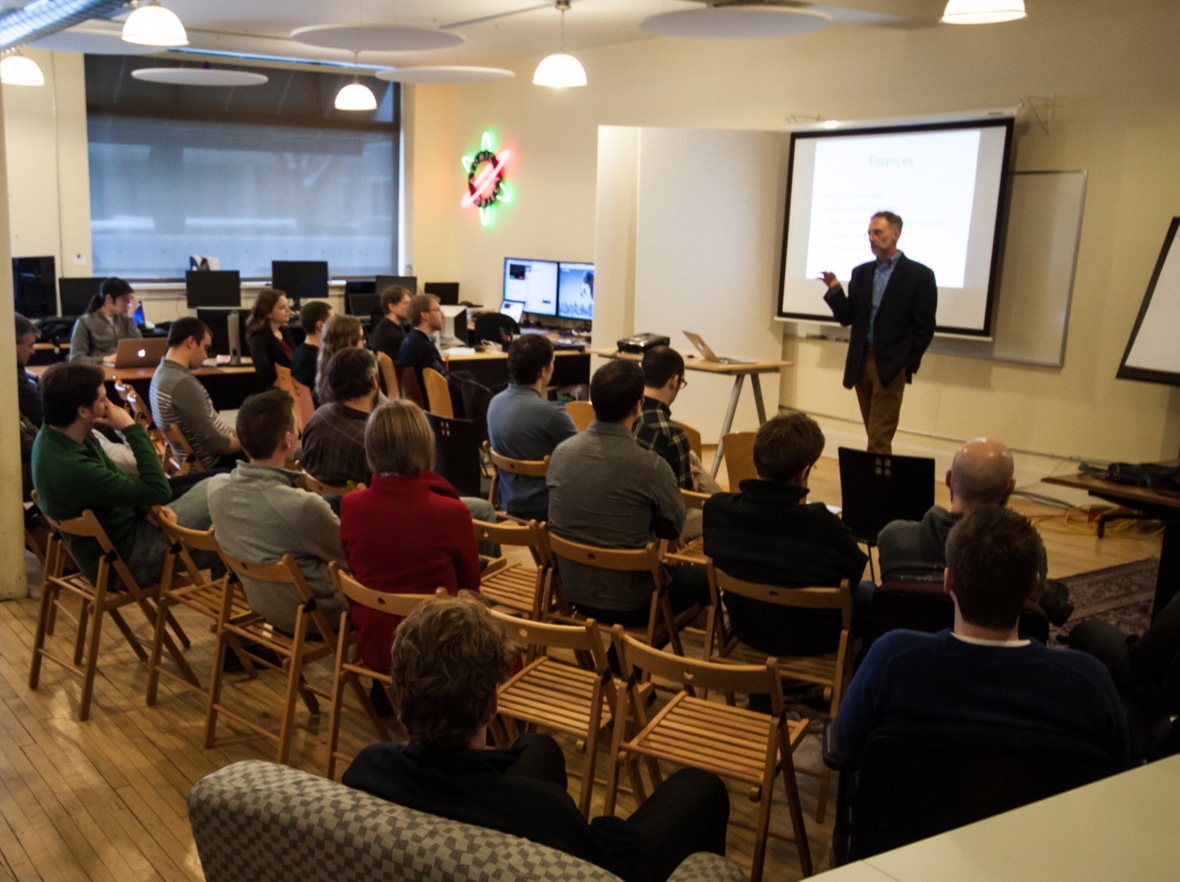So, you have decided to sell software. Congratulations, you are now a software company!
Maybe your building the next big new product that is going to change the world, or perhaps you are re-purposing an internal piece of software that has really helped your company. Either way, it doesn’t matter. There is a lot of strategy and implementation work that needs to be done (maybe more than you realized!).
Building a software product company requires more than simply having a dynamite product. There are many considerations and strategies that both first time entrepreneurs or established businesses that are looking to sell their first software product must understand.
Atomic Object has helped our clients build great software products for going on 15 years. During that time we have come to realize that there is a wide breadth of considerations, other than designing and building a technically sound and usable product, that are required to create a successful software product company.
The following high-level list of 9 topics and corresponding questions is a good start for the various things to consider.
1.) Business Model
- What is the customer pain? Is it real?
- How do you make money (what are the value exchanges)?
- What are distribution channels?
- Who are your key partners?
- How big is the realistic addressable market? Has this been validated?
2.) Product
- How is the software distributed (SaaS, Source, Binary)? Why that way?
- Who are your competitors? How do you stack up against them?
- What is your key differentiator?
- What is your reinvestment strategy (Good software is never done. How fresh do you need to keep it)?
3.) Marketing Strategy
- Who are your early adopters (their profile, are they the buyer or someone else)?
- How are you segmenting the market (industry, size, geography, etc.)?
- What is your pricing model (subscription, conversion fee, volume or usage, free trial)?
- Is it an enterprise sale or self-service?
- What is your marketing approach (thought leadership, trade shows, industry publications, etc.)?
4.) Sales Strategy
- What are the sales channels?
- What is an appropriate time and cost of sales?
- What is the compensation structure for your sales team?
- What sales collateral is required?
- What are the product customizations that can be made?
- How do you qualify customers?
5.) Customer Engagement
- How are you monitoring product usage?
- What is your strategy for customer feedback (email, in-app, forums, etc)?
- Do you plan on providing proactive education or support?
6.) Support and Maintenance
- What is the product warranty?
- What is your service level agreement (application availability, response times, etc.)?
- Do you provide training or professional services?
- How are customer issues resolved (call center, electronic forum, etc)?
7.) Training
- Is it needed?
- Who does it?
- When and how often is it done?
- How is the training done (in-person, online, etc.)?
- What collateral is needed?
8.) Company Organization and Staffing Strategy
This assumes the product is coming out of an existing non-software company.
- Are you creating a new company or using an internal group?
- Are you running the operations out of a new space or using your existing facility?
- Have you identified a product manager (CEO for the product)?
- What new roles will you be creating (support, software maintenance, software development, marketing, system administer, etc)? Do you have experience hiring these roles?
9.) Financial Model
- How much revenue do you get per customer?
- What is your acquisition rate?
- What is your retention rate?
- What is the the new customer acquisition cost?
- What alternative revenue streams exist?
- How much does training cost?
- What are the installation and hosting costs?
- What are the monitoring and engagement costs?
- What are your sales and marketing costs?
- What is the capital investment for the first release?
- What are your other expenses?
- What are your anticipated net margins?
Need more help? Atomic offers a one-day workshop designed around your unique offering. Contact us to learn more.

